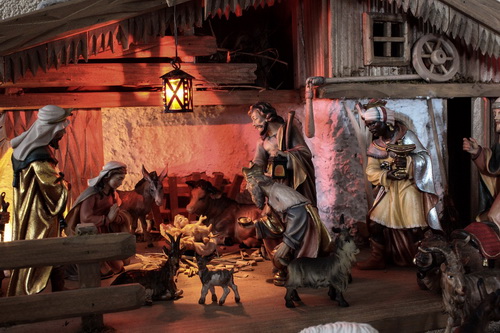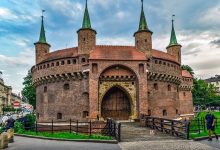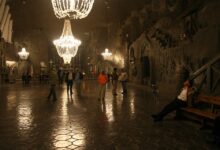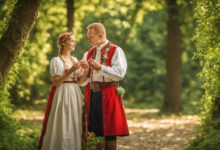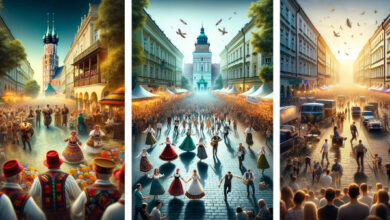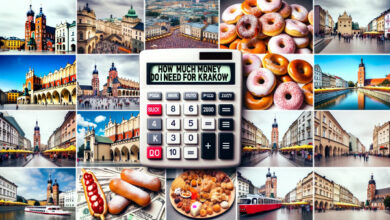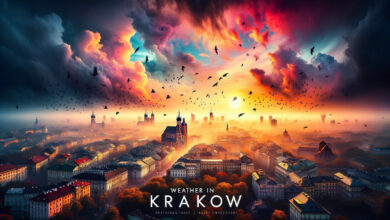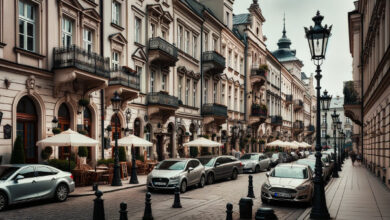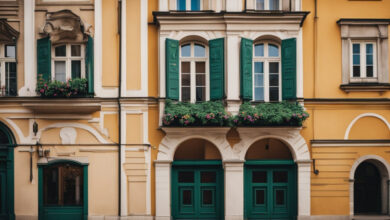Thanks to Krakow location, history and influences of other cultures, Krakow has developed unique customs and traditions occurring only at this area. Maybe you already know some of them. Below are some of the most popular traditions in Krakow.
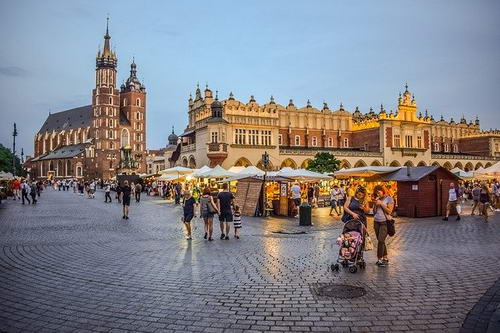
Table of Contents:
Lajkonik
Lajkonik’s march from Zwierzyniec to the Main Square takes place on Thursday after Feast of Corpus Christi.
Lajkonik as a two-legged horse with a bearded rider wearing an oriental dress traverses the city streets. The creation of Lajkonik is connected with the distant history of the XIIIth century, when the Tatars invaded Krakow more than once.
Legend says that in 1287 when the Tatars wanted to attack Krakow, they camped on the Vistula bank to prepare attack on the city in the morning. Local rafters living by the river noticed them and attacked the Tartars soldiers under the cover of night.
When they vanquished Tatars , they dressed in oriental costumes of them and they went to the Market on horseback. Lajkonik is a symbol of victory over the Tatar army.
St. Mary’s bugle call – Hejnał mariacki
Krakow’s traditions and customs are various, but this bugle call is unique in the world. It is played every hour on the Krakow Market Square. It is also associated with the period of Tartar invasions.
Legend says that the trumpeter – guard during the service at night saw the Tatar army, he played to alert the Polish army and the city, unfortunately he did not finish the tune because he was hit by a Tatar’s arrow.
Nowadays that is why a firefighter – a trumpeter plays the bugle call every day in four parts of the world, to celebrate the history from medieval times he interrupts and never completes the melody.
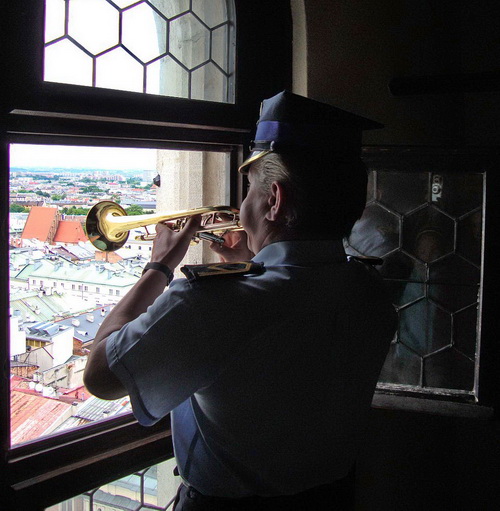
Siuda baba
The custom takes place on Easter Monday. One men dress up the old woman smeared with coal, soot or ash. The custom originates from pagan times – the rite to drive out winter.
Legend has it that in the pagan temple near Krakow in Lednica a priestess guarded the fire whole year. Which, with the advent of spring, once a year she went to the surrounding villages in search of her new female successor, young women afraid her to be taken.
Currently, Siuda Baba is a disguised man who goes home to home with a second person – a Gypsy man.
Rękawka
There are various traditions in Krakow related to medieval. This custom is celebrated after Easter on the first Tuesday. Every year, it takes place on the Krakus Mound known as Rękawka [Sleeves].
Mound was created when king Krak died, was made of earth which the peasants wore in their sleeves – hence the name Rękawka [Sleeves]. This rite has been celebrated at least since the 17th century, which is preserved in old written records.
When wealthy people at the top threw fruit, money, sweetness and other valuable things down. The poor people collected them at the foot of the Krak Mound. Historians, however, are of the opinion that custom can even be 1000 years old – this confirms archaeological excavations.
Currently, this rite begins with lighting a fire, a staging of the battle of the Vistula tribe against the invaders. Finally, a staging of a medieval burial. Its a show related to medieval, and medieval professions and culture.
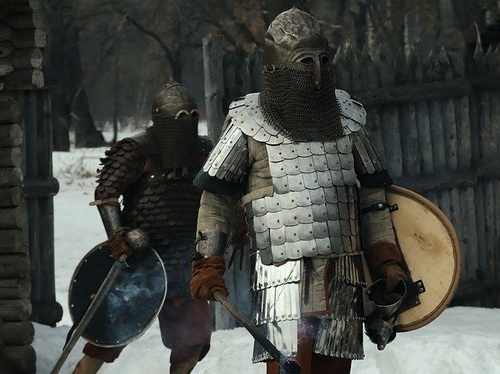
Read also:
- Krakow’s Best Summer Festivals and Events
- Krakow: Medieval History City Walking Tour
- Krakow Public Holidays and Events
- Krakow Shows and Musicals
- Best things to do in Krakow
- Extreme Shooting Range in Krakow
- From Krakow: Slovakia Treetop Walk, Zakopane & Thermal Spa
- Where to Eat the Best Pierogi in Krakow
- Zakopane Tour with Hot Bath Pools
Wreaths – Wianki
ANother very popular tradition in Krakow is Wianki. Wianki are associated with the summer solstice. Each year they are organized on the Vistula Boulevards under the Wawel Hill. The pagan custom has not been lost since the Christianization of Poland.
When the great bonfires were burned, wreaths were put on water and fortune-telling happen. The custom of releasing wreaths is associated with the search for a life partner. Unmarried women plaited wreaths, and by the river while burning bonfires, they let their wreaths on the water.
The unmarried men below tried to catch wreaths in order to identify the owner. So young people they formed couples. Nowadays Wianki is a festival, during which women release wreaths on the Vistula River. Same time music concerts take place simultaneously on the stage.
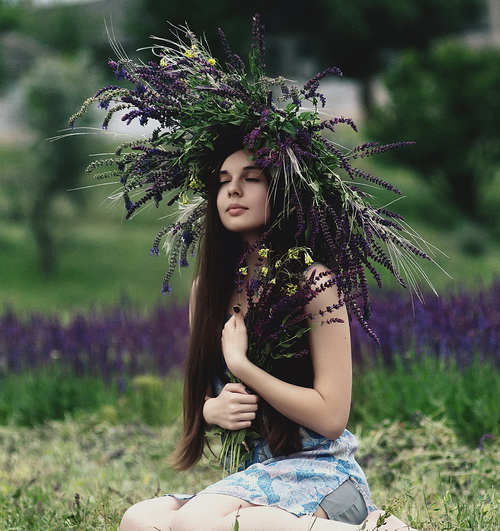
Emmaus
Krakow’s traditions and customs are still important for the residents. That is why Emmaus is still taking place on Easter Monday. It is a religious custom which has its roots in the biblical village of Emmaus.
Where Jesus appeared after his resurrection. In the past, the Krakow Emmaus was an indulgence for the townspeople as a walk and fun between the stalls.
At present, the indulgence is accompanied by a fair with stalls, shooting ranges, carousels for young people. Wooden figurines of musicians and pretzels threaded to form a wreath are often sold.
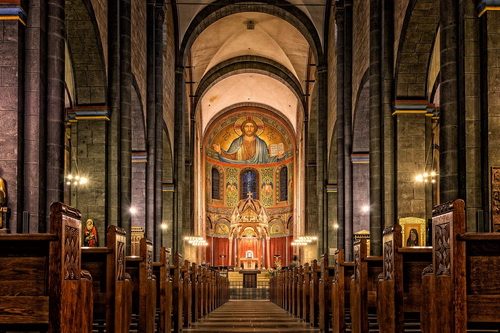
Krakow Christmas traditions – Cribs
It is already the XIX century tradition of building Christmas cribs during the Advent period. Every year on the first Thursday of December a competition is organised for the most beautiful crib.
This takes place beneath the Mickiewicz Monument in the Market Square. Patron of the event is the Historical Museum of Krakow. The best cribs can be seen later at the exhibition at the Historical Museum.
